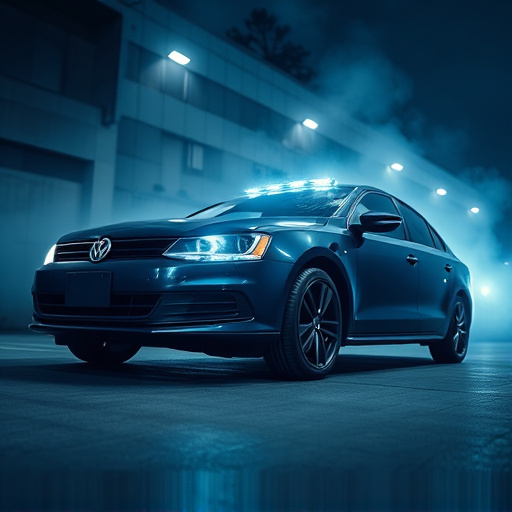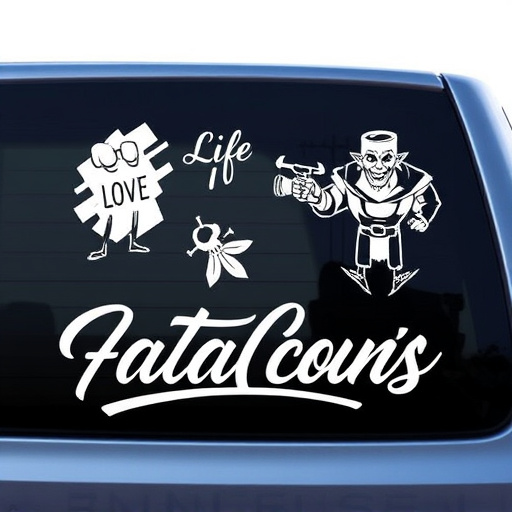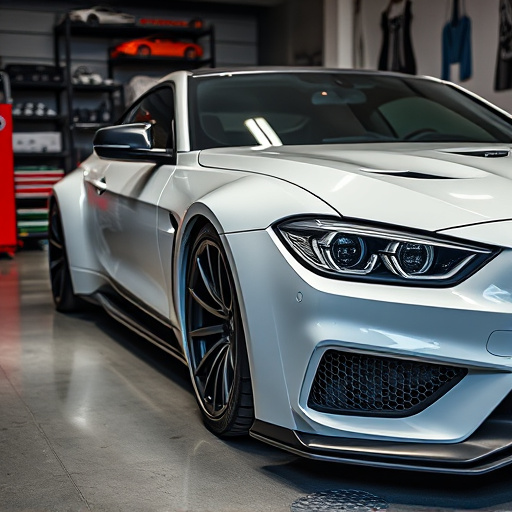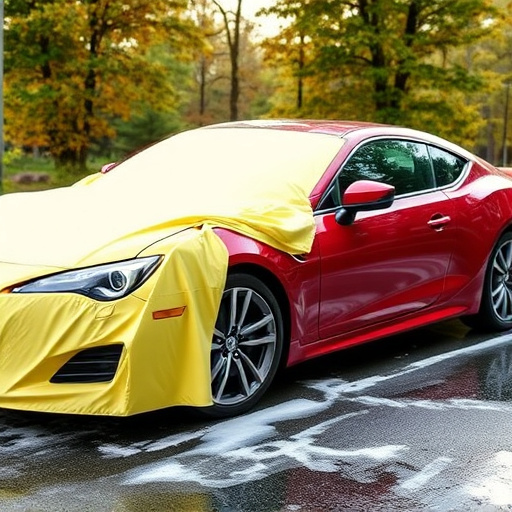Business cards are often overlooked marketing tools, yet their format and layout significantly impact how clients perceive a brand. A successful design balances creativity and professionalism, prioritizing legibility, clarity, and structure. Minimize elements for a lasting impression, ensuring your card is memorable and professional without visual overwhelm. High-quality finishes like protective coatings enhance the aesthetic and tactile experience, reflecting your brand's quality. Focus on conciseness and elegance in content placement, allowing clients to quickly grasp your brand and contact details. Balance is key for effective communication of your brand identity through a well-designed business card.
In the competitive world of networking, a well-designed business card can leave a lasting impression. However, common design mistakes can make your card less effective. This article guides you through crucial aspects often overlooked, such as format and layout, typography best practices, and including essential contact information. By avoiding these pitfalls, you’ll ensure your business card design not only stands out but also effectively connects you with potential clients and partners. Learn how to create a professional and impactful business card that elevates your brand.
- Choosing the Wrong Format and Layout
- – Misunderstanding the importance of a clean design
- – Overcrowding content on the card
Choosing the Wrong Format and Layout

When designing a business card, one of the most common mistakes entrepreneurs make is selecting an inappropriate format and layout. A business card should be a concise visual representation of your brand and contact information. However, some designs can be overwhelming with too much text, ill-placed logos, or poorly chosen fonts, making it hard for potential clients to absorb essential details. The goal is to create a clean, organized layout that guides the eye effortlessly.
For instance, while custom vehicle wraps and automotive detailing services may inspire creative design choices, applying similar unconventional formats to business cards could detract from professionalism. Remember, the focus should be on legibility and clarity. High-quality finishes are desirable, but they must complement a well-structured design, ensuring your card makes a positive first impression and effectively communicates your brand’s identity.
– Misunderstanding the importance of a clean design
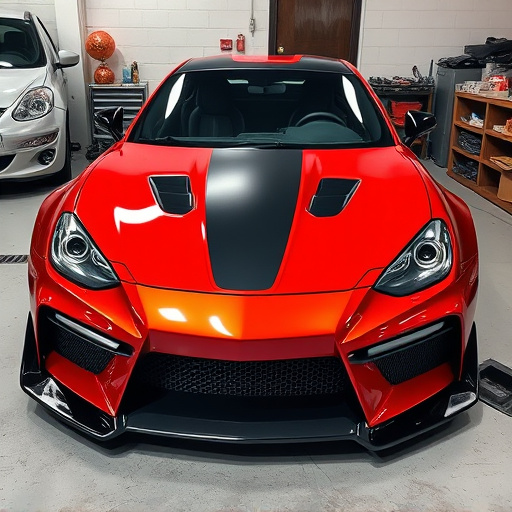
In the realm of business card design, a common pitfall many overlook is the misconception that an overcrowded or cluttered layout will effectively convey their brand identity. It’s essential to understand that a clean, minimalist design can be incredibly powerful in leaving a lasting impression on potential clients. A simple yet elegant business card design allows your contact information and brand elements to stand out without visual distractions. Remember, less is often more, especially when aiming for a professional and memorable card.
A sleek and uncluttered business card design can also enhance the overall perception of your brand, making it more trustworthy and refined. Consider protective coatings or vinyl wraps as an added touch, similar to how automotive detailing elevates a car’s appearance. These techniques can provide an extra layer of protection and give your cards a unique, high-end feel, ensuring they don’t just get thrown away but are instead cherished as a reflection of your brand’s quality.
– Overcrowding content on the card
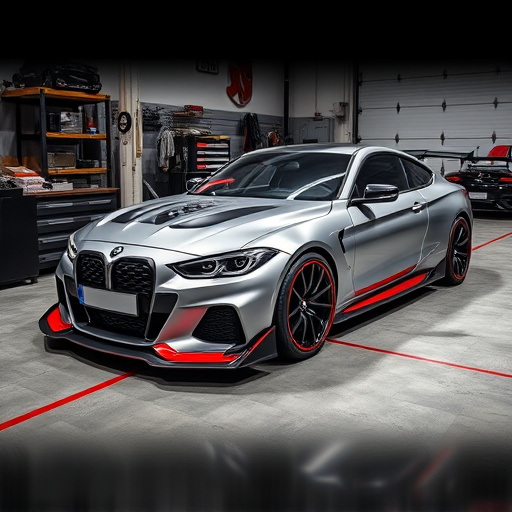
When designing a business card, one of the most common mistakes to avoid is overcrowding content onto the card. A business card should be a concise and elegant representation of your brand or service—not a miniature brochure. Each element on the card, from your name and contact information to logos and slogans, should serve a purpose and contribute to a clean, uncluttered layout. Remember, the goal is to make it easy for potential clients to quickly grasp who you are and how to reach you, not overwhelm them with too much text or design elements.
For instance, in industries like automotive detailing or professional PPF (Paint Protection Film) installation, where specialized services are offered, the card should highlight your expertise and key service areas succinctly. Instead of cramming every detail about UV protection or the benefits of PPF onto the card, reserve space for essential information such as your company name, logo, contact number, and a brief tagline that conveys your unique value proposition. This balance ensures your business card effectively communicates your brand while maintaining a professional and appealing design.
When crafting your next set of business cards, remember that simplicity and clarity are key. Avoid the trap of overly complex designs or cramming too much information onto a small space. A well-designed business card should be easily readable and leave a lasting impression. By understanding these common mistakes and adhering to best practices, you can ensure your business card design effectively represents your brand and fosters meaningful connections.

